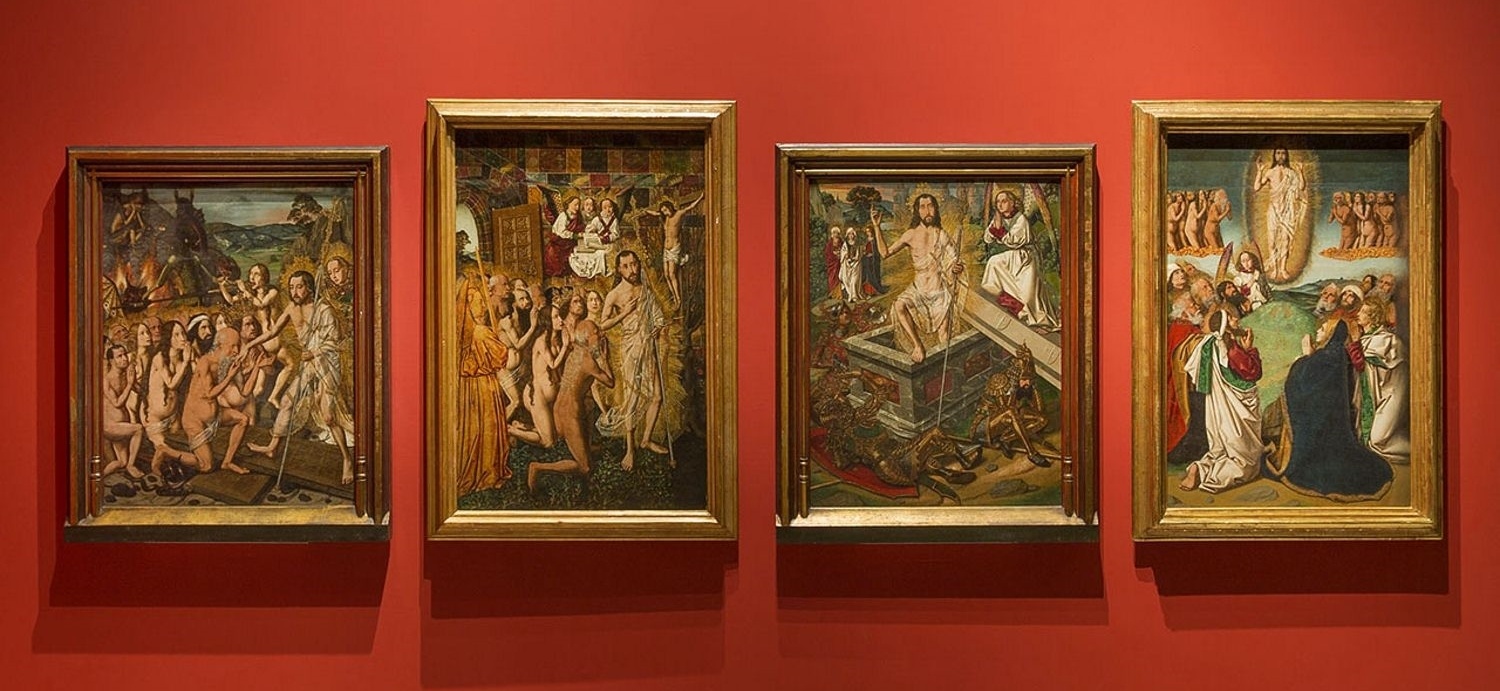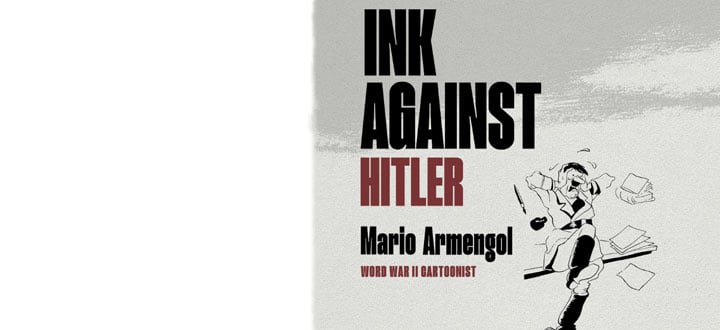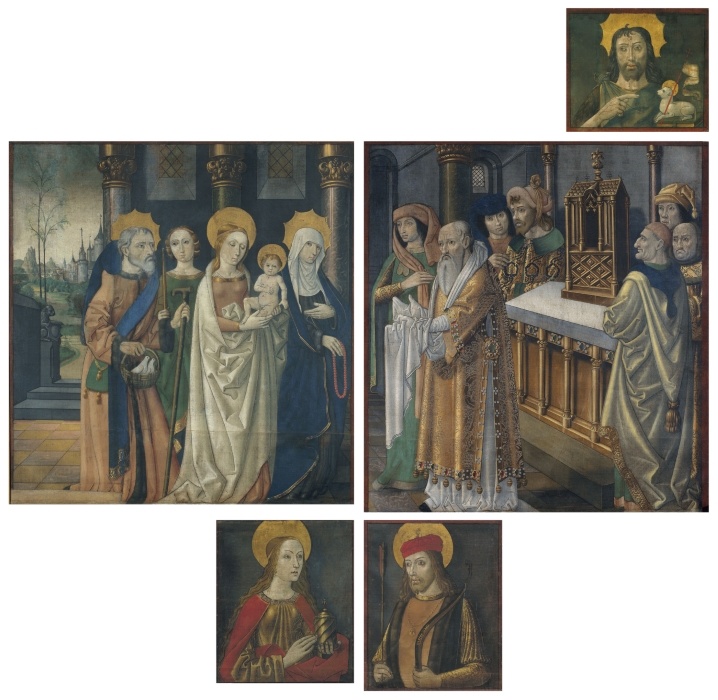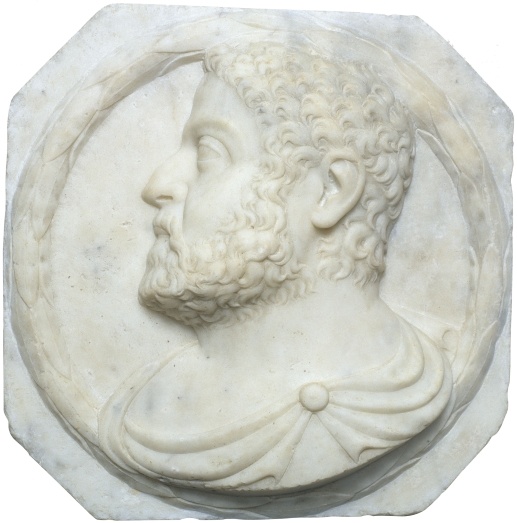Medieval inertia

The work of Bartolomé Bermejo and the Master of La Seu d’Urgell shows certain coincidences that question the boundaries of historiographical labels and stylistic categories, despite their instrumental value. Both artists were receptive to the incorporation of new figurative models, with which they became familiar, thanks largely to being itinerant painters. Furthermore, the context of their work is the transition between Gothic art and the Renaissance. The work of both artists, more pronounced in the case of Bermejo, may be considered a watershed between the two realities, and it reveals one of the distinctive features of the museum’s collection from this period: the appearance of a hybrid language that reflects the coexistence of compositional formulas and solutions originating in both cultures.

Bartolomé Bermejo and Lluís Desplà: Elective Affinities
The presence in Barcelona of Bartolomé Bermejo, one of the greatest painters to work for the Crown of Aragon, was an episode of great significance for the artistic history of Barcelona. His arrival was due to the patronage of Archdeacon Lluís Desplà, who commissioned a painting for his private chapel in 1490: the Desplà Pietà. Two years later, Jaume Huguet, the most eminent representative of late Gothic painting, died in Barcelona.
Bermejo, an artist with an immensely rich visual culture, thanks to the assimilation of the Flemish tradition, found in Desplà the intelligent support of a patron whose cultural prominence was based on the introduction of the new values of the Renaissance: the fame, the public virtue and the commitment to a practice of art collecting that reinstated the Classical ideals.
|
Bartolomé Bermejo, Christ in Paradise, circa 1475 |
Bartolomé Bermejo, Resurrection, circa 1475 |
The Master of La Seu d’Urgell, an artist open to Flanders and France
The Master of La Seu d’Urgell is a highly original painter who evokes figurative and compositional models developed in Flanders and France. Like Bermejo, he incorporates the Flemish idiom naturally. This influence appears along with figurative and compositional similarities from French culture.
The museum conserves almost all the painted serge cloths from the organ in the cathedral of La Seu d’Urgell, one of its most emblematic works, for both their artistic value and the type. This set of cloths adorned the organ’s doors and protected it from the inclemency of the weather. The use of grisaille, of an almost monochromatic colour scheme, had devotional significance and was adapted to the liturgical calendar, which, as a sign of penance, made it necessary during Lent to reduce the time during which the sacred coloured images were displayed and the time set aside for playing music.
|
Master of La Seu d'Urgell, Paintings from the doors of the organ from La Seu d'Urgell cathedral, circa 1495-1498 |
This period saw a great increase in the range of material supports and artistic resources used in the production of both religious and secular images, the purpose of which was to inculcate correct doctrine and encourage reflection on the part of the faithful. In some cases, the effect was to lead people to endow images with a miraculous supernatural power, even resulting in idolatry and superstition.
While some supports are in direct continuity with the Mediaeval tradition and a strictly religious use, others reveal the beginnings of a differentiation in the objects’ doctrinal role or function, and an enhancement of their artistic qualities. In Catalonia in particular, the artistic dynamic of the period adapted to the existing typological reality and adopted a highly eclectic language in which different stylistic movements and figurative traditions coexist.
|
Pietro Urbano, Augustus, 1515-1525 |
Niccolò Tribolo, Miquel Mai, 1528-1532 |
Typological Forms
Altarpieces, triptychs, polyptychs, altar tables, furniture, reliquaries and so on constitute a very broad repertoire. The underlying idea in every instance was that the object was to be the substrate for an image that would spread the message of faith. They were seen, then, both as devotional objects and as works of art. The triptych became one of the most widely used supports, probably because it could easily be moved from place to place and thus allowed for a greater proximity between the faithful and the image, the object of reveration. Portability came to shape a more autonomous model, one that would ultimately free the work of art from its support.
The symbolism in some of these pieces of religious furniture is revealed in the use of grisaille in painting the images on the outside of the doors, recalling the liturgical calendar that presides over the cycle of Christian life.
|
Master of Frankfurt, Triptych of the Baptism of Christ, 1500-1520 |
Bride's chest
Bride’s chests, besides their function of storing possessions, were used as a woman’s dowry in marriage. The woman contributed a chest or two with her clothes and a sum of money, which was recovered in the event of her being widowed when she was not the heiress. The complexity of the chests, valued according to the materials used, the number of drawers and the artistic quality, reflected the wife’s status. The richest examples, like this one, were made from gilded polychrome walnut from the middle of the fifteenth to the first half of the sixteenth century.
|
Anonymous, Bride's chest with the Annunciation, 1530-1535 |











